Ofcom Enhance Spectrum Sharing for UK Mobile and Wireless Broadband
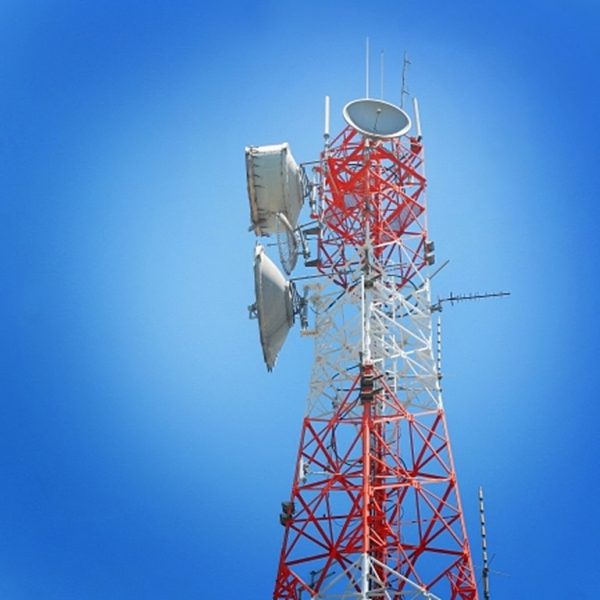
The UK telecoms regulator, Ofcom, has today introduced changes that are designed to improve their spectrum sharing framework, which among other things have been designed to add more flexibility, facilitate more effective spectrum sharing and increase spectrum supply to support new types of fixed wireless (broadband) and mobile (4G, 5G etc.) services.
The existing spectrum sharing framework was first introduced in 2019 (here) and paved the way for many smaller mobile and fixed wireless data networks to be created in order to deliver local coverage, such as for industrial, events, farming or residential connectivity etc.
The shared access licences, which were made available via a mix of Low Power and Medium Power licences, initially covered spectrum in four specific bands – 1800MHz, 2.3GHz, 3.8-4.2GHz, and 26 GHz (the latter was only made available for indoor low power licences). Naturally, this all had to be made to coexist with other users of the same spectrum bands, such as mobile network operators.
Advertisement
Ofcom currently offers two primary types of Shared Access Licence (distinguished primarily by permitted power levels) to cater for different types of use, which we’ve summarised in a little bit more detail below.
Shared Access Licences
• Low power licence (per area licence): This allows users to deploy the required number of base stations in a circular area with a 50-metre radius without further authorisation from Ofcom. For large sites, people can apply for multiple licence areas to achieve the required coverage area.
• Medium power licence (per base station licence): Given the higher transmit power and larger potential interference area, this licence will be issued on a per base station basis and, generally, for deployments in rural areas only, where they are unlikely to constrain low power users.
Since then Ofcom has issued a total of 988 licences (as of November 2024), which are fairly evenly split between low and medium power licences – the most popular bands are 1800MHz and 3.8-4.2GHz. The regulator also recently published an updated map of spectrum supply, to assist stakeholders in making their applications.

Suffice to say that demand is only expected to grow and, as a result of the aforementioned success and recent consultations, the regulator is now introducing changes to improve local spectrum availability – especially in the busiest bands. The core changes being introduced by Ofcom have been summarised below, but they aren’t all being implemented today.
Ofcom’s Spectrum Sharing Changes
➤ We will remove the Terminal Registration Requirement (TRR) for all Low Power deployments (including outdoor use) in the 3.8-4.2 GHz band.
At present, users are required to keep records for mobile terminals connected to base stations in this band. This change opens new opportunities for ‘neutral host’ style deployments, with the potential to improve network coverage for outdoor and campus locations.
➤ We will allow licensees easier access to Medium Power in most urban areas in the UK, in the 1800MHz and 3.8-4.2GHz bands.
This will streamline the licensing process, making it simpler and quicker to access Medium Power licences, which can unlock the business case for new applications.
➤ We will also implement three balancing measures to ensure that Medium Power use is managed appropriately:
– limit to 100 MHz the spectrum that can be held by a Medium Power user in a given urban location. This aims to ensure no single user exhausts spectrum supply in an area.
– retain our ‘exceptions process’ in Greater London, to help manage supply and demand. This aims to encourage carefully planned deployments that preserve opportunities for more sharing.
– set a new price point of £160 per 10 MHz, per annum, for urban Medium Power licences. This is designed to incentivise Low Power usage where it would still meet user needs.
Ofcom said they are “keen to make changes quickly to deliver benefits for stakeholders“, but they also need to ensure that more complex system changes are thoroughly tested and integrated with their wider programme of work to evolve the licensing platform. Consequently, some changes will be given a bit more time for implementation.
Advertisement
In short, the regulator has today implemented new Low Power licences in 3.8-4.2 GHz that omit the TRR (with variations available on request for existing licensees), as well as the Medium Power licences available in urban areas (with a 100MHz limit, and an exception process in Greater London). But the new fee for Medium Power in urban areas in the 1800MHz and 3.8-4.2GHz bands won’t come in until the second half of 2025.
Mark is a professional technology writer, IT consultant and computer engineer from Dorset (England), he also founded ISPreview in 1999 and enjoys analysing the latest telecoms and broadband developments. Find me on X (Twitter), Mastodon, Facebook, BlueSky, Threads.net and Linkedin.
« EE UK’s Pay TV Platform Launches Support for Paramount+






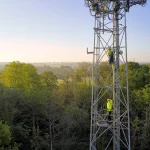


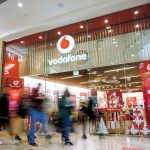
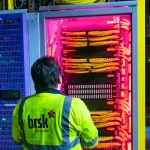


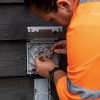








































Comments are closed